By Keith Milton
Vice-Admiral Sir John Pennington’s jolly-boat nudged against the accommodation ladder that had been rigged aboard the Santiago, flagship of Admiral Don Rafael d’Oquendo’s Spanish fleet. How different from 50 years ago, thought Pennington, as he mounted the ladder and received the ritual honors due his rank. Then, a Spanish armada even larger than this one was met and bested by a much smaller English fleet, one commanded by Howard and Drake, men who had become his heroes. Now, the English fleet under his command—17 ships of the line along with 10 frigates and 10 fast sloops and brigs—lay within sight of the Spaniards. The difference was that Britain was now neutral in the prolonged war between Spain and Spain’s provinces in the Netherlands.
This would be his third trip to visit with the Spanish commander-in-chief, and he felt that this latest offer from Dutch Lieutenant-Admiral Marten Tromp would goad d’Oquendo into action. He hated his role of messenger boy, and would have much preferred to bring the matter to a head, by force if necessary. Instructions from the Admiralty, through which King Charles I made his wishes known, were exasperatingly vague. Here was a belligerent fleet anchored in English waters with its enemy waiting in the wings to bring on a battle, and Pennington’s only orders were to prevent it from being fought in England’s coastal waters and to come to the aid of whomever was fired upon first, any such firing being in defiance of King Charles’s orders.
Pennington was shown into d’Oquendo’s great cabin by his escort and, after the formalities had been dispensed with, he outlined Lieutenant-Admiral Tromp’s response to the latest message. Admiral d’Oquendo had sent word that his fleet would not be able to engage the Dutch because the sharp action of three weeks ago, which had driven him inshore in the first place, had made him short of powder. Tromp’s response was an offer of 500 barrels to be delivered as soon as he could acquire it. D’Oquendo’s face reddened. The veins in his neck stood out and the muscles in his jaw and temple twitched. Pennington felt certain that this would do it and he would be free at last of the tiresome job of keeping the combatants from fighting a battle in British waters. He knew that in spite of the king’s instructions, Charles was inclined to favor the Catholic Spaniards and had an unwritten agreement with the Spanish king. Moreover, if Charles found it necessary to engage the Dutch, his seamen might mutiny, because their sentiments lay with the Netherlanders.
Pennington waited vainly for a response from the Spanish admiral. D’Oquendo was racked with indecision. His problem was similar to that of the previous armada 50 years earlier. Roughly half of his 67 vessels were troop transports, and were either unarmed or very lightly armed. This was really an invasion fleet and was not properly equipped for a fleet action. He also knew that Tromp was being reinforced almost daily by more ships from Holland as Prince William bent every effort to convert or complete ships in the stocks and docks of the Netherlands. It would be yet another week before action was joined in what became known as the Battle of the Downs—the last major sea fight in the Eighty Years War, Holland’s four-generation struggle for independence from Spain.
How Holland’s Resistance Against Spain Began
Holland, as a nation, did not exist when this long and bitter war began. It was a loose collection of provinces that had alternately been under the control of many different states, duchies, and other principalities. The marriage of one of the daughters of Ferdinand and Isabella of Spain to a duke of Burgundy put the Seven Provinces under Spanish control early in the 1500s. As Protestantism spread across northern Europe and Reformation swept the Low Countries, Spanish inquisitors and harsh governors were sent from Madrid, sparking revolts with their cruel efforts to suppress the new religion. For a time, the dons held their subjects in check, for Spain was the most powerful nation on earth, and her armies and fleets were considered invincible. The first organized resistance came in 1502, when the Duke of Alva, a particularly harsh governor, was sent to Holland to help quell unrest. He beheaded two prominent Dutchmen for no other reason than to set an example. The firestorm set off by this senseless act was to last for 80 years and would, in the end, topple Spain from her haughty perch.
The Hollanders realized that they had little chance against the Spanish army, at the time reckoned the finest in the world. Their expertise lay in the sea, and that is where they decided to fight most of the battles. In their small, fast vessels, they harried the Spanish commercial routes and made life miserable for the dons engaged in trade. Attacking from seaward, they even managed to capture some of the Dutch coastal towns from the occupying forces. In time they made some of these towns bases from which to operate their raiding fleets.
Toward the end of his reign, Phillip II of Spain, who seemed a glutton for punishment, planned a second armada. His first one, dubbed “The Invincible Armada,” was the most famous of the six that would eventually be assembled. It comprised 130 vessels and was the one bested by Howard and Drake and Hawkins and Frobisher in the English Channel in 1588 during the reign of Elizabeth I of England.
Phillip planned to use this vast new second armada to conquer England and put down, once and for all, this upstart rebellion in the Lowlands. It was in 1595 when Phillip had nearly completed his fleet that Sir Charles Howard, assisted by 24 Dutch ships, sailed against the Spanish base at Cadiz, and in one of the boldest actions in naval history annihilated the Spanish fleet and sacked the city. Undeterred, Phillip II sent yet another armada northward in 1598—the year of his death—but it was dispersed by a huge storm and did not reach the Channel.
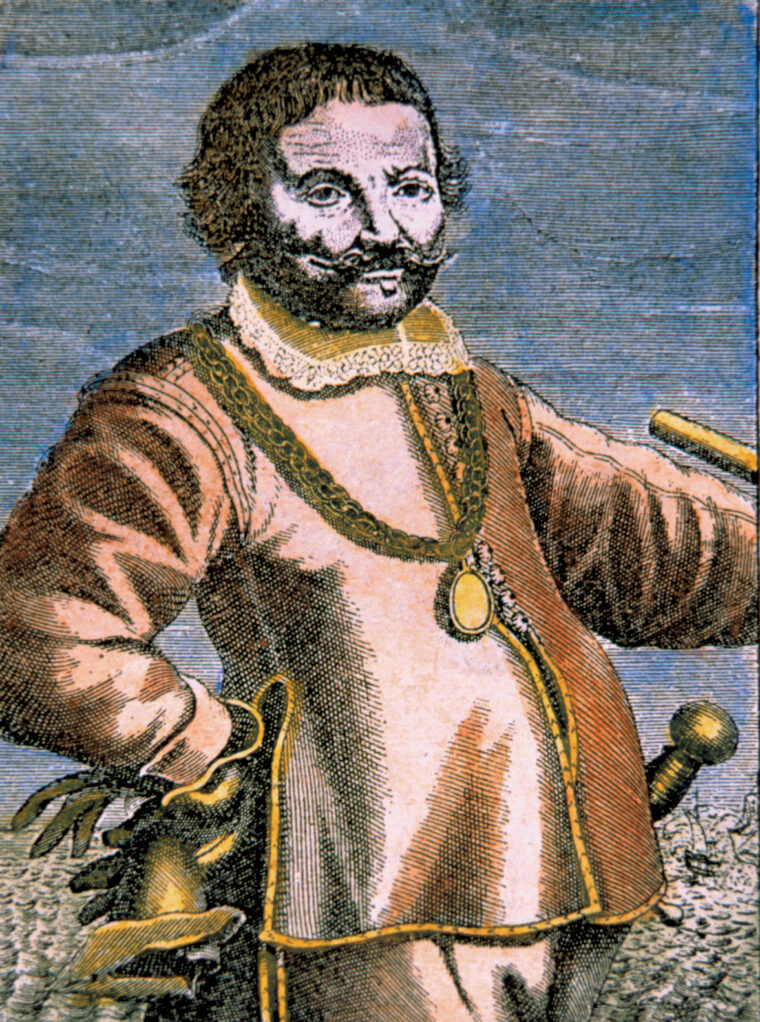
Phillip III Continues Sending Armadas
The son of Phillip II, Phillip III, ascended the throne in 1598, and almost at once began to follow in his father’s footsteps by building yet another huge armada. In 1602 this fleet entered the Channel, only to be dispersed by a joint English-Dutch fleet under Robert Mansel and Dutch Admiral Obdam. So complete was the rout that only the Spanish admiral’s own galleon succeeded in reaching Dunkirk.
Phillip III proved to be as stubborn as his father, and commenced building still another armada almost at once. By the spring of 1607 he had nearly completed construction of the fleet, and had brought in allies from Naples, Portugal, and Castille. He placed the hero of the Battle of Lepanto, Don John of Austria, in command of the entire assemblage being gathered in the Bay of Gibraltar, where the guns of the forts there would furnish additional protection.
Meanwhile, Holland’s Admiral Jacob Van Heemskerk had taken a page from Drake’s book and believed, as did Drake, that the best defense was a strong offense. Drake had convinced Howard to take the fight to the Spaniards at Cadiz in 1595 with the observation: “We shall do more with 50 sail of shipping against the enemy coast, than with a great many more here at home.” Howard’s victory at Cadiz proved Drake was right, and Van Heemskerk proved it once again as he defeated a much larger force than his own under the very guns of Gibraltar. Van Heemskerk was killed in the action at Gibraltar, but his defeat of the large Spanish fleet there brought about a lull in the Eighty Years War, as the Spaniards set about once again to build a fleet with which to put down the Netherlands uprising.
Tromp’s Rise to Admiral
At the time of the Battle of Gibraltar Bay, Marten Tromp was a 10-year-old cabin boy aboard his father’s ship, and got his first smell of gunsmoke in that action. After the battle, Tromp’s father, Harpert Tromp, took command of a Dutch East Indiaman, and for several years was engaged in the Dutch Merchant Service. His ship was captured by English pirates, and Marten saw his father slain by the captain of the corsair. Marten himself was taken prisoner and for two years served aboard the pirate vessel as cabin boy. He eventually escaped, made his way home, and entered service as quartermaster under Handsome Lambert, one of the heroes of the Battle of Gibraltar Bay. In a repeat performance, his vessel was captured by an Algerine corsair, and he again was forced into service as a prisoner. Some time later, he was freed when his country paid a large ransom to the Dey of Algiers.
Upon Marten’s return home, he was given command of a small frigate by Prince Mauritz, the Stadtholder of Holland, and from that time on there was scarcely an action in which the Dutch fleet took part that he was not present. He was with Piet Hein when that famous Dutch admiral lost his life in a battle with the Dunkirk privateers.
There followed a period in which the Dutch navy was allowed to deteriorate, owing to neglect and maladministration. It got so bad that Marten Tromp and one of his close associates, Witte De With, resigned, along with several other commanders, and sought employment ashore. With the installation of a new Stadtholder, Prince Frederick Henry, the situation was corrected, and at the Stadtholder’s request both Tromp and De With were put in charge of restoring the navy to its former state.
Dutch victories at sea continued for the next 30 or so years and caused much irritation to the Spaniards. The Dutch also maintained a blockade of the Spanish-controlled port of Dunkirk, from which the dons maintained their supply lines to their homeland and based their fleet of privateers.
Spain Sends 67 Ships Against the Netherlands
During the spring and early summer of 1638, rumors began circulating in Holland that the Spanish were preparing yet an-other great armada to put down the rebellious provinces in the Netherlands. It was being gathered in the port of Corunna, and also contained vessels from Spain’s allies—Naples, Castile, Portugal, and Aragon—67 ships in all. It was also learned that the Dunkirkers had been alerted to prepare and arm their fleet and be ready to join the great armada as soon as it appeared in the Channel.
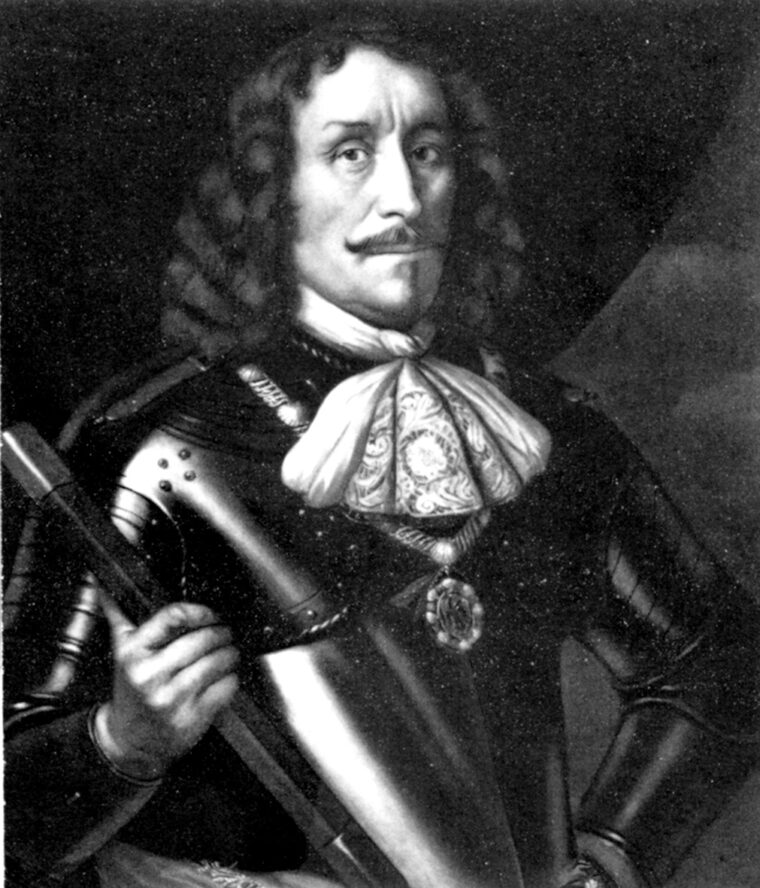
At the time, Marten Tromp had a small fleet in the Channel, and was alerted by friends along the French coast that the Spanish fleet was approaching. Tromp’s fleet consisted of 29 smaller vessels. Tromp then divided his fleet into three squadrons, sending Joost Bankers with 12 sail to keep an eye on Dunkirk and blockade the harbor there to prevent Dunkirker privateers from joining the Spaniards. He then sent Witte De With with five sail to lie off the northern end of the strait, while he, with the remaining 12 sail, covered the southern end. While patrolling there, De With had the good fortune of intercepting three English vessels chartered by the Spaniards to haul troops to Dunkirk. These he set ashore and disarmed, then sent their officers to Holland as prisoners of war. He sent the three vessels off to England with a stiff protest against this blatant breach of neutrality. The British disdained even to answer the protest.
On the late morning of September 15, 1639, the great Spanish fleet was seen approaching from Selsey Bill. Tromp assembled his captains for a hurried council of war, and dispatched fast cutters to both De With and Bankers, urging haste in joining him. De With was first to receive and follow out the orders, but having the wind against him, did not arrive until the following day. During another council of captains, Tromp suggested that they might run ahead of the Spaniards until Bankers could arrive with his 12 sail; he suggested that 67 might be too many for 17 to handle. Whereupon De With, who was courageous to the point of foolhardiness, replied, “Too many? Nonsense!! There is room on the bottom for them all!!”
D’Oquendo, seeing the tiny fleet across his bows, came boldly on, thinking to brush aside these upstart Dutchmen and put them to flight. His guns spoke long before they were in effective range, but the prudent Netherlanders held fire until the last moment. D’Oquendo laid his monster vessel Santiago alongside Tromp’s flagship Amelia, and sought to board her. So furious was the defense that three waves of boarders were repelled while Tromp’s gunners sent round after round into the gigantic Spanish galleon. D’Oquendo soon realized that discretion was the better part of valor and drew off from this hail of iron and lead.
De With had scrambled into the midst of the enemy fleet and was at once surrounded by four of the heaviest galleons. From all sides they poured a heavy fire upon his ship, while he replied with such fury that they drew off, one at a time, to seek a safer spot, much like their admiral had done. By now his sails were shot to rags, his masts and spars splintered, and his hull holed like a colander, but he rejoined the fleet, full of fight, and ready for another “dance,” as he called it.
The Spanish Fleet Regroups
By now the September sun was beginning to set, and the light was failing. D’Oquendo brought his scattered fleet nearer the English coast and tried to reassemble it. The Hollanders had suffered only one loss due to an accident that had started a fire aboard the Great Christopher, which blew up when the flames reached her magazines. De With’s ship was considered unfit for further action and was sent home. Before the end of the day, two more vessels had joined the fleet, having been sent by Prince William to beef up Tromp’s squadron, thus bringing his numbers up to the original 17.
Tromp followed the Spaniards back to the English coast and remained ready to attack again at first light. But a dense fog arose, and the wind went down to a mere breeze so that Tromp could not keep the Spanish in sight. It continued thus through the morning and all day of the 17th, making an attack impossible.
Tromp and De With looked anxiously seaward for a sight of Bankers and his 12 sail, but could not see them. They fired signal guns hoping their reinforcements could find them in the fog, but their efforts were in vain.
Tromp Launches a Daring Nighttime Attack
Toward evening of the following day, Tromp signaled his captains aboard the flagship for a council of war. They decided that as soon as the fog lifted and the moon came out, they would make a night attack against the Spaniards, who were cruising along the English coast under the guns of the forts at Dover. To identify themselves and distinguish themselves from the enemy, each of Tromp’s vessels was to carry one lantern on her foremast, and one on her stern, with the flagship Amelia carrying two up forward to distinguish her.
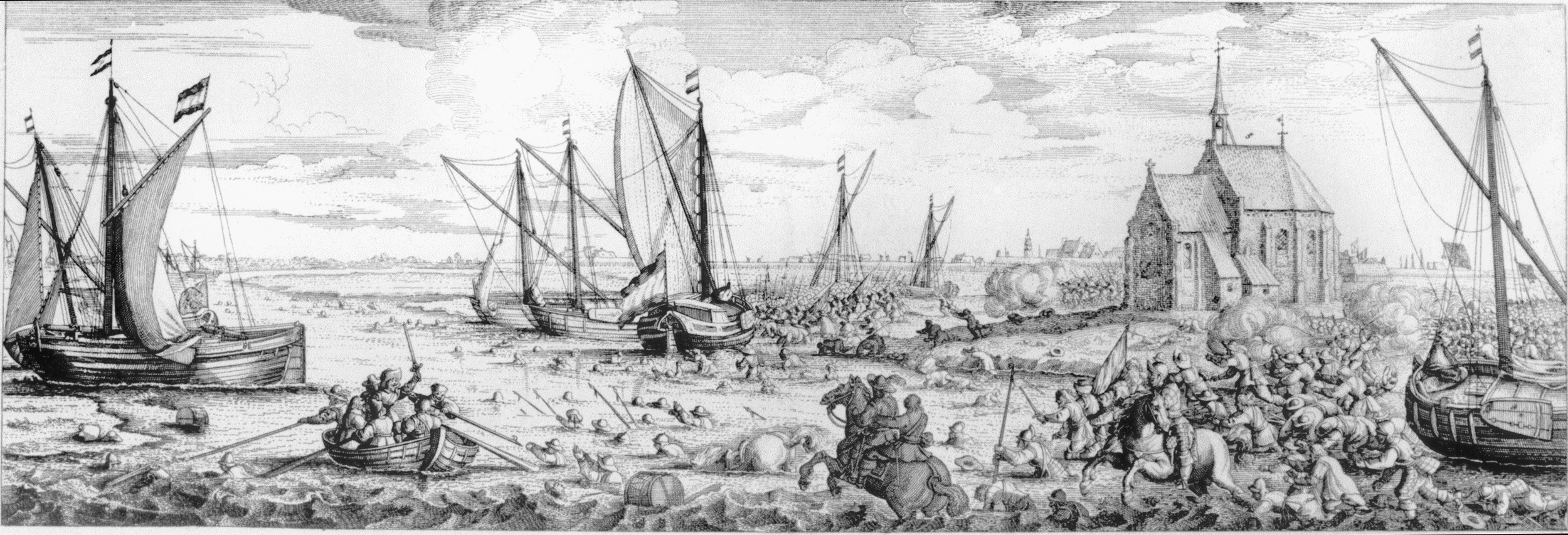
Just before midnight, a breeze came up, dispersing the fog, and showing the full moon at a quarter-rise. Tromp signaled anchors weighed and a general attack to proceed. In less than an hour, they were within cannon-shot, running before the wind. Apparently the Spaniards had not expected a night attack, and were not ready for action. Their replies were feeble and desultory, as the Dutchmen entered their anchorage and with speed and dispatch cut in and out with such fury that the Spaniards were confused and dispirited.
Suddenly a cry arose from the lookout on the Amelia: “Sail Ho!”
There, to leeward, a sail, then two, then four, and finally 12.
Tromp peered through his glass and shouted, “Thank God, they are our brothers.”
This was indeed Joost Bankers and his squadron, coming to take a part in the fighting. Daylight was then just breaking, and the appearance of the fresh ships gave new energy to the battle-weary Dutch sailors. The sight also took the heart out of the Spaniards, who had suffered great loss in this bold night attack. It became evident with the light of day just how serious were the losses of the great armada. Here, a great seacastle of Aragon listed heavily with her sails shot to ribbons and her hull holed like a sieve. There, another burned furiously as her crewmen dived desperately overboard. Another had been taken by the Dutch seamen and made a prize, and yet another had been driven aground and lay helpless.
D’Oquendo ordered the remnants of his fleet to make for the Downs, an anchorage under the guns of the forts of Dover, and suffered still more losses as he fled.
England Intervenes
Tromp followed closely upon their sterns and when the Spanish fleet anchored under the guns of Dover, he arranged his squadrons to prevent the dons’ escape. Shortly after, he was surprised to see an English fleet arrive at the Downs and take up a position nearby. He was further astounded when Admiral Sir John Pennington, who commanded the British fleet, sent an officer to Tromp with a handwritten message from King Charles I. It read: “Both the Hollanders and Spaniards are to refrain from any further hostilities. He who shall first transgress this order will be treated as an enemy of Great Britain. The same proclamation will be sent to the respective governments of both the warring nations.”
Tromp was baffled by this order. His government had given no instructions for a course of action should the English intervene. A hurried council of war decided that the best thing to do was to hold the present position and await further instructions from home.
Evidently, the English king’s instructions reached Holland before news of Tromp’s resounding victory over d’Oquendo. The States General, fearing involvement in a general war with England, dispatched a doubtful and feeble message to Tromp via a fast fishing smack. Fortunately, the message never reached Tromp, because the smack encountered some strange vessels and the message’s bearers, fearing its interception by the enemy, tossed it overboard.
But then the arrival in Holland of two Spanish vessels as prizes, along with the news of Tromp’s rout of the Spaniards, gave new heart to the Hollanders on shore. Dutch statesmen had been fearful of the fate of the tiny Netherlands fleet against the gigantic armada. Now, however, the good news spurred even greater efforts in the dockyards to convert and finish more ships for Tromp. A writer for the Amsterdam Weekly News reported:
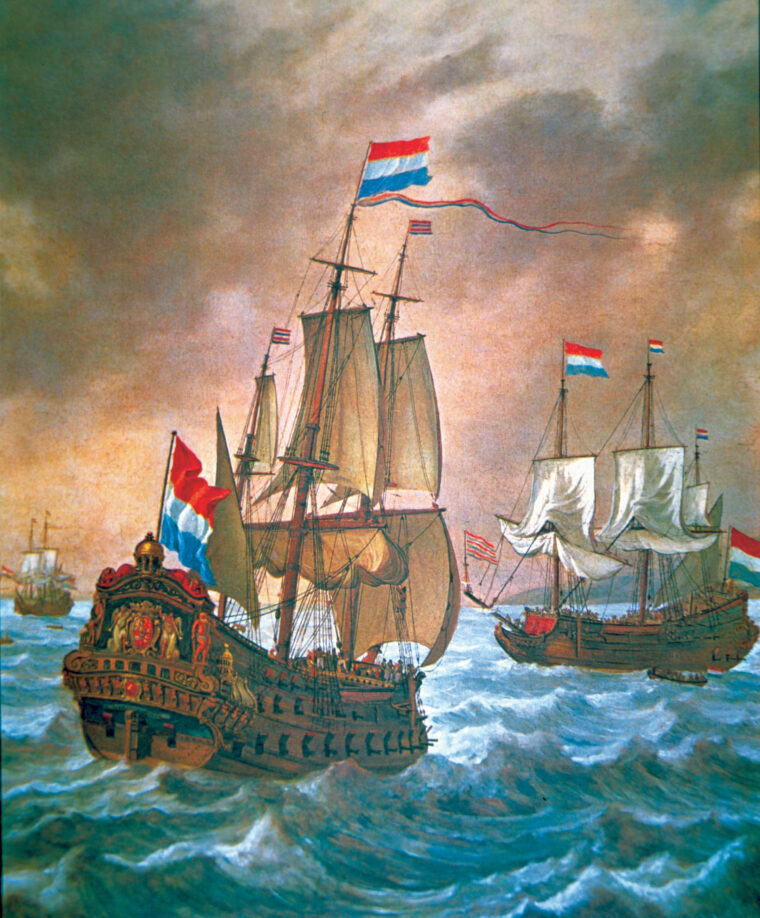
“The harbors, wharfs and navy yards of Holland swarmed with preparation for war by land and sea. In every direction ships seemed to grow out of the ground rather than being constructed by human hands. There was no need of establishing recruiting officers for sailors, they fairly rushed for the ships, and in such numbers that it was impossible to accept all that offered their services. Every one was eager to fight under the banner of Tromp. Each felt assured of victory where Tromp commanded.”
The States General now dispatched a message of a completely different tone than the one thrown overboard by the fishing smack. In it Tromp was instructed to attack and destroy the Spanish fleet wherever it lay, and any other fleet that should attempt to interfere with him in carrying out that order.
Tromp started his preparations for a general attack, and began the long series of back-and- forth messages with his enemy, in which he challenged d’Oquendo to come out of his comfortable anchorage and try again the gauge of battle. The Spanish admiral found all manner of flimsy excuses, the first of which was that he needed a quantity of new masts and spars with which to repair his battle damage. When Tromp learned of this, he sent one of his captains to fetch the needed fittings and had them delivered to the Spanish fleet. The astonished d’Oquendo then presented the Dutch captain with a cask of fine wine. The banter continued, even to the point of Pennington bringing Tromp’s offer of 500 barrels of gunpowder. But truth be known, d’Oquendo had no intention of leaving his anchorage, and remained under the presumed protection of the guns at Dover.
Tromp now determined to attack the Spaniards; his fleet had by now been increased to about one hundred vessels during the four weeks of standoff. Included among them were 12 fire ships. But the Spaniards, too, had also been reinforced by a fleet of privateers and Spanish vessels from Dunkirk, and greatly outweighed the Dutch in quantity of guns, size of ships, and number of men.
Tromp Prepares to Attack
Tromp now divided his fleet into six squadrons. The first he commanded personally and with it would attack the Spanish commander-in-chief and his squadron. The second would be led by Jan Evertsen against the squadron of the Portuguese Admiral Lopez Docias, who had his flag in the gigantic Mater Teresa, the largest galleon in the armada. The third would be led by Rear Adm. Catz against the squadron of Dunkirkers led by Admiral Michael Van Doorn, and the fourth under Commodore Denys would see to the left wing while Commodore Houtebeen (Wooden Leg) would command the right wing with the fifth. The last and most powerful squadron Tromp placed under the command of his old comrade Witte De With, to whom he assigned 30 ships to keep an eye on Pennington and his English fleet, and prevent them from interfering or giving assistance to the enemy.
Before commencing the assault, Tromp sent a message to Pennington in which he pointed out that the Spaniards had broken the order of King Charles by firing the first shot, and that a Dutch sailor had been killed by that shot. He even sent along the body of the sailor as further proof. What he failed to mention was that the deceased Captain Block had rowed his boat through the Spanish fleet’s anchorage shouting insults and oaths at the Spaniards in the hope that they would take some action against them. It’s doubtful that Tromp had wished one of his men killed, but that is what happened, and he wanted Pennington to know it. He insisted that the British now consider the Spaniards as enemies, as the king had said they would, or at the very least remain neutral in the coming action.
Pennington answered that he would once again urge d’Oquendo to leave the anchorage, but he seems to have failed in this, because the Spaniards remained where they were and made no move to quit the Downs.
For some days Tromp had the wind against him, but as soon as it shifted and stood fair for his fleet he put out the signal for a general attack. De With remained behind in the vicinity of the English fleet, with an eye to keeping Pennington in check. Although d’Oquendo must have known that the situation could not last and that Tromp would attack, he had failed to give any instructions to his captains or admirals, and the movement of the Dutch toward him brought on a general panic. Individual ships in his fleet slipped their cables and scrambled for the open sea. The narrow passage through which they had to sail caused several to collide in the general confusion of retreat. To make matters worse, a thick fog now came up and further disrupted the dispositions of the armada.
Don Andreas de Castro, an admiral of Castile, took his division too close to the shore, and all 20 of his squadron ran aground. As the fog lifted, they were discovered by one of the Dutch squadrons, which immediately attacked them. The English batteries on shore tried to protect the hapless Spaniards, but the Hollanders paid no attention to the guns of the forts and directed all their fire against the grounded vessels. These were soon abandoned, their crews taking to the boats or attempting to swim ashore. Four fire ships were then directed against them, and all but three of the Spanish ships were destroyed.
The fog that had proved so disastrous to de Castro was found to be favorable to d’Oquendo, and allowed his escape from the anchorage under its mantle. Another of the allied admirals from Galicia got his ship, the De Soto Major, afoul of another Spaniard; it was at once surrounded by the small, fast vessels of “Wooden Leg’s” division and compelled to surrender. The Neapolitan Admiral Pedro Quaderon got his giant galleon ashore on Goodwin Sands near Dover where it split apart, and many of the crew were lost in the waves.
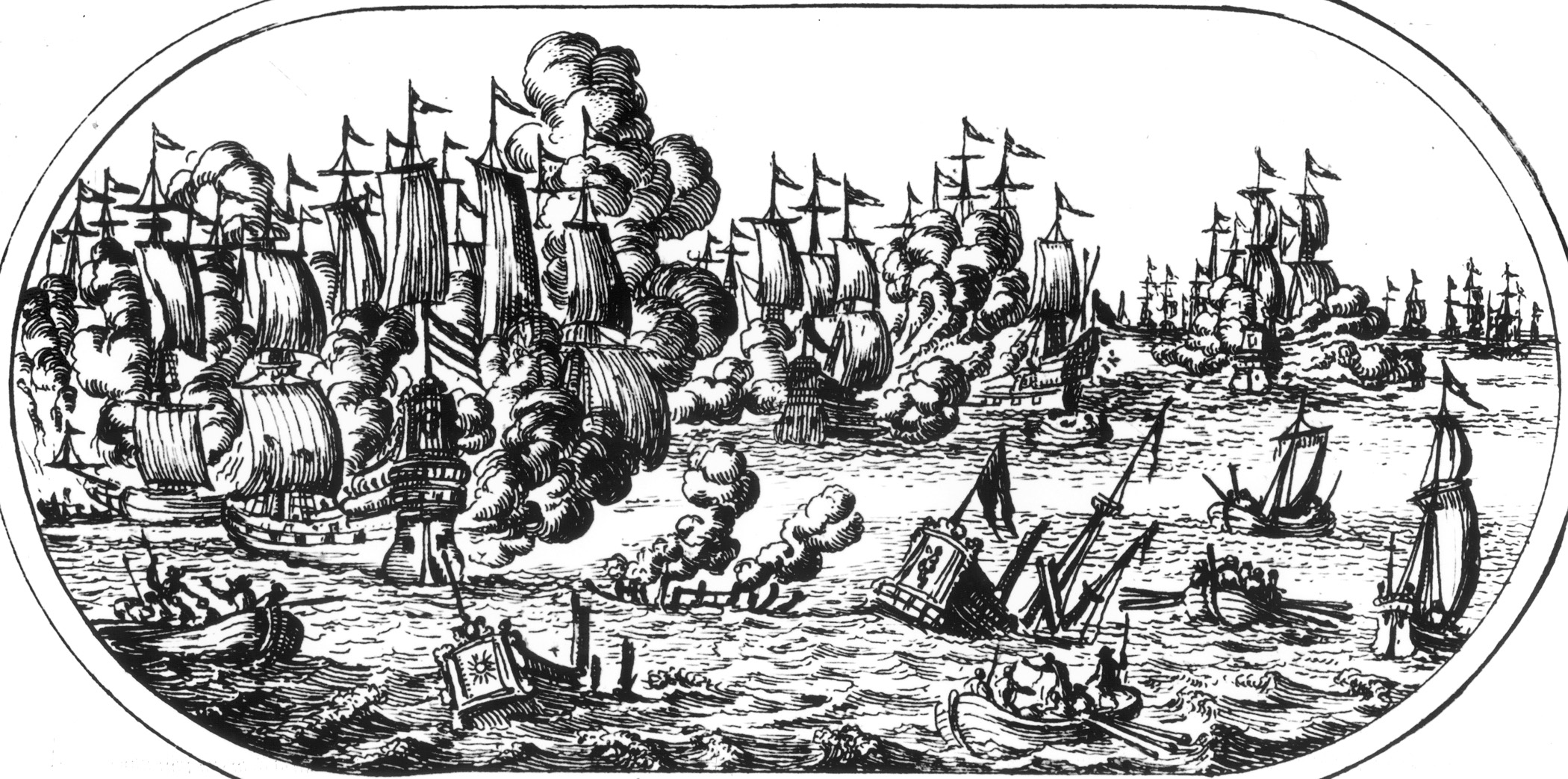
The Taking of the Mater Teresa
As Tromp’s squadron pursued d’Oquendo and his vessels, Vice-Admiral Jan Evertsen came to grips with the Portuguese Admiral Docias in Mater Teresa. Several attempts at boarding were repulsed by the 1,200-man crew of the gigantic galleon as Evertsen kept up a steady fire into the sides of his enemy. When Tromp lost d’Oquendo in the fog and returned to the scene of battle, he observed Evertsen’s gallant attempts against the Mater Teresa and sent down five fire ships to aid him. Two were consumed by their own fire before they could grapple the giant galleon, but the three others were able to hook grapnels aboard the flag ship of the Portuguese squadron. The Mater Teresa was soon engulfed in flames as her crew abandoned ship in haste. In a matter of minutes the flames reached her magazines, and she blew up with a terrific explosion, which raised huge waves and sent a concussion along both coasts as if an earthquake had rent the Channel area.
The loss of this giant vessel seemed to decide the fight. The remaining ships in the armada fled in every direction and were pursued by the Netherlanders. The next day, Tromp’s fleet was in complete control of the waters of the Channel, and only one of the Spaniards remained in sight. This ship meekly surrendered to a longboat containing only nine Dutchmen.
When the final tally was made, it was found that only 18 of d’Oquendo’s vessels reached Dunkirk, and most of those in a shattered condition. His own Santiago was found to have over 1,500 shot holes and her rigging was in tatters. Over 40 of the armada had been either sunk, captured, burned, or run aground; more than 7,000 of the armada’s sailors had lost their lives, and more than 18,000 had been made prisoner. The Dutch losses were just over a hundred men and two vessels, one of which, being too close to the Mater Teresa when she exploded, shared the giant ship’s fate. The joy in Holland was beyond belief, and Tromp and his admirals and captains received honors and adulation befitting their great victory.
The Beginning of the End of Spanish World Dominance
Tromp’s victory over the sixth and final Spanish armada marked the beginning of the end of Spanish world dominance, and the emergence of Holland as the world’s premier naval power. This position would involve her in several wars and disputes over the next hundred years, especially with her close neighbor and rival, Great Britain. These two nations, both small and energetic, marine in nature, and intent on expanding their world trade, were bound to come into conflict. They both bred a resolute brand of seamen, and managed to colonize large overseas territories. Many experts feel that Holland’s lack of the great forests necessary for the construction of large fleets was the deciding factor over time that relegated her to second place behind Britain in seagoing influence. But that emerged over time.
Charles I, who felt that Britain owned all the seas, was particularly incensed that the fleet of a friendly power had been destroyed in his home waters under the eyes of one of his own admirals. He sent Pennington to the Tower as a reward for allowing it. He would soon become involved in a protracted war with his own parliament. The result was the English Civil War. The British fought among themselves, Charles literally lost his head, and, taking advantage of the internal feud, the Dutch extended their influence even farther.
Don Rafael d’Oquendo, the Spanish commander-in-chief, was an unfortunate leader, and although personally a very brave man, he was not suited to command this large a fleet. He returned to Spain a broken man, much as his father had done as a captain under Medina Sidonia of the first “Invincible Armada.” Phillip IV, who organized this last great fleet, never again attempted to subjugate the Netherlands and never again built a huge fleet. He accepted the fact of Holland’s independence, and in 1648 a treaty of peace was signed between the Netherlands and Spain at Munster, which put the seal of law upon that fact.
Marten Tromp now took his place among Holland’s great naval heroes and was recognized among friend and foe alike as one of the best. He was acknowledged to be among the first to arrange his fleet into squadrons, which would surround and attack in a more scientific manner, and thus bring about the defeat of his enemies—naval tactics up until that time had been more or less a scramble into action with attempts to ram or board the enemy.
The prestige of Spain declined after her defeat at the Downs, and her role as a superpower was never regained. Although she had already colonized two thirds of the New World, she was not in a position to advance further. Historians have speculated that had Spain not spent so much in men and treasure trying to gain naval victories against England and Holland, she might very well have been able to colonize the entire New World. Should this have happened, subsequent history would have been vastly different.
Keith Milton, long a student of military history, turned to free-lance writing after his retirement in 1982. He spent World War II as a Merchant Seaman, completing 14 Atlantic crossings, two Mediterranean shuttles, and one Intercoastal voyage. He is the author of numerous articles and in November 2000 published a book about U.S. submarines in the Pacific during WWII.
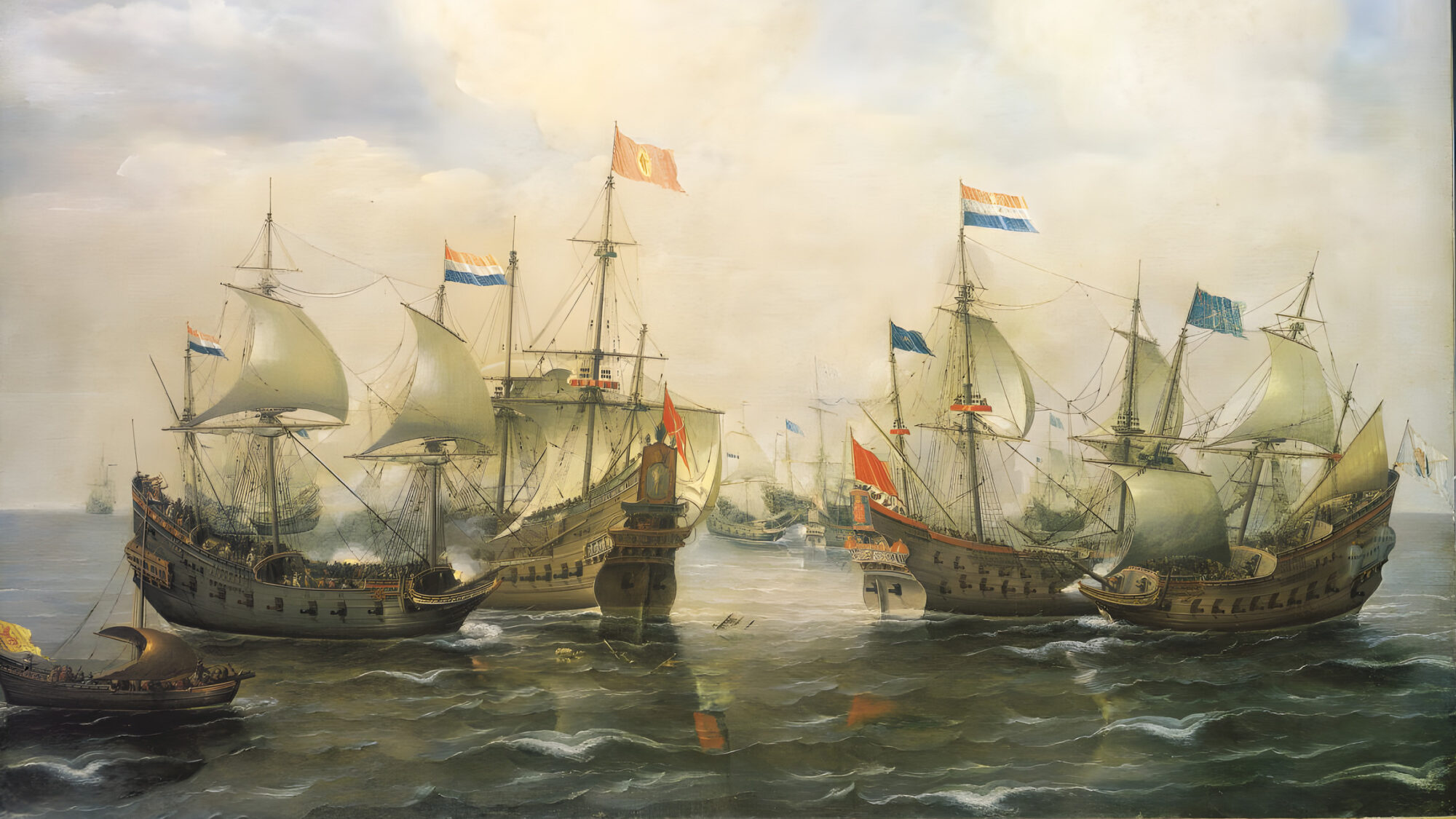
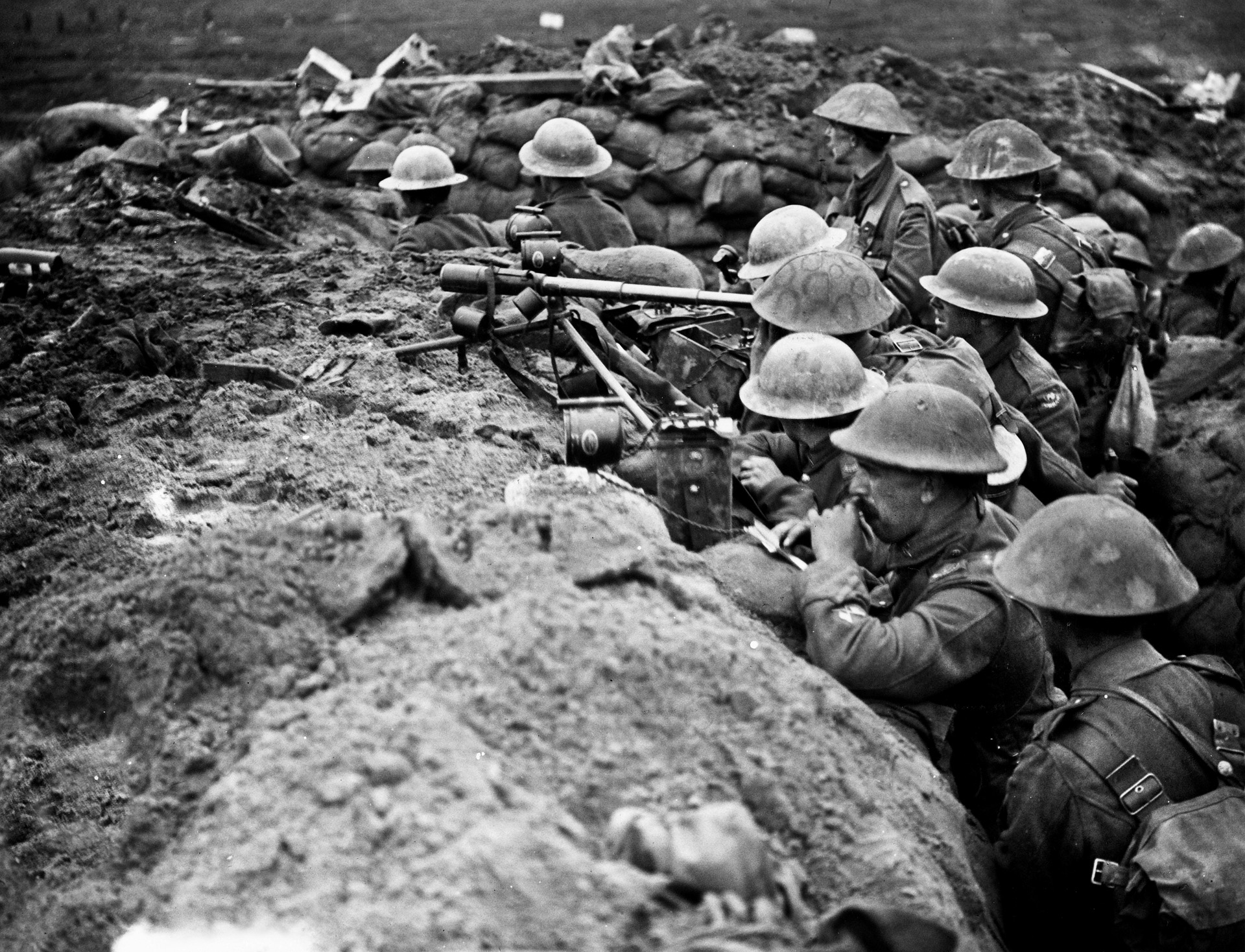
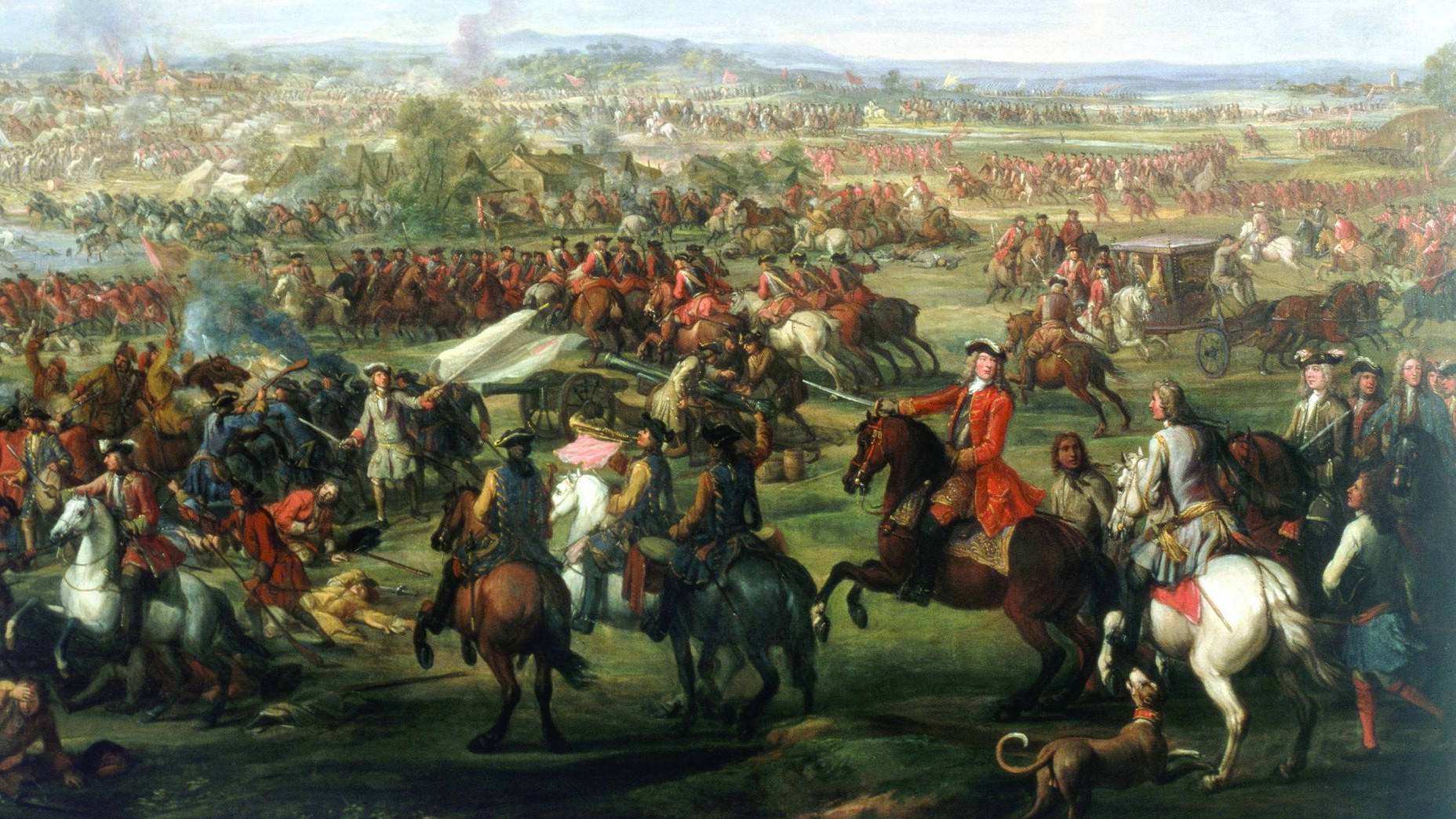
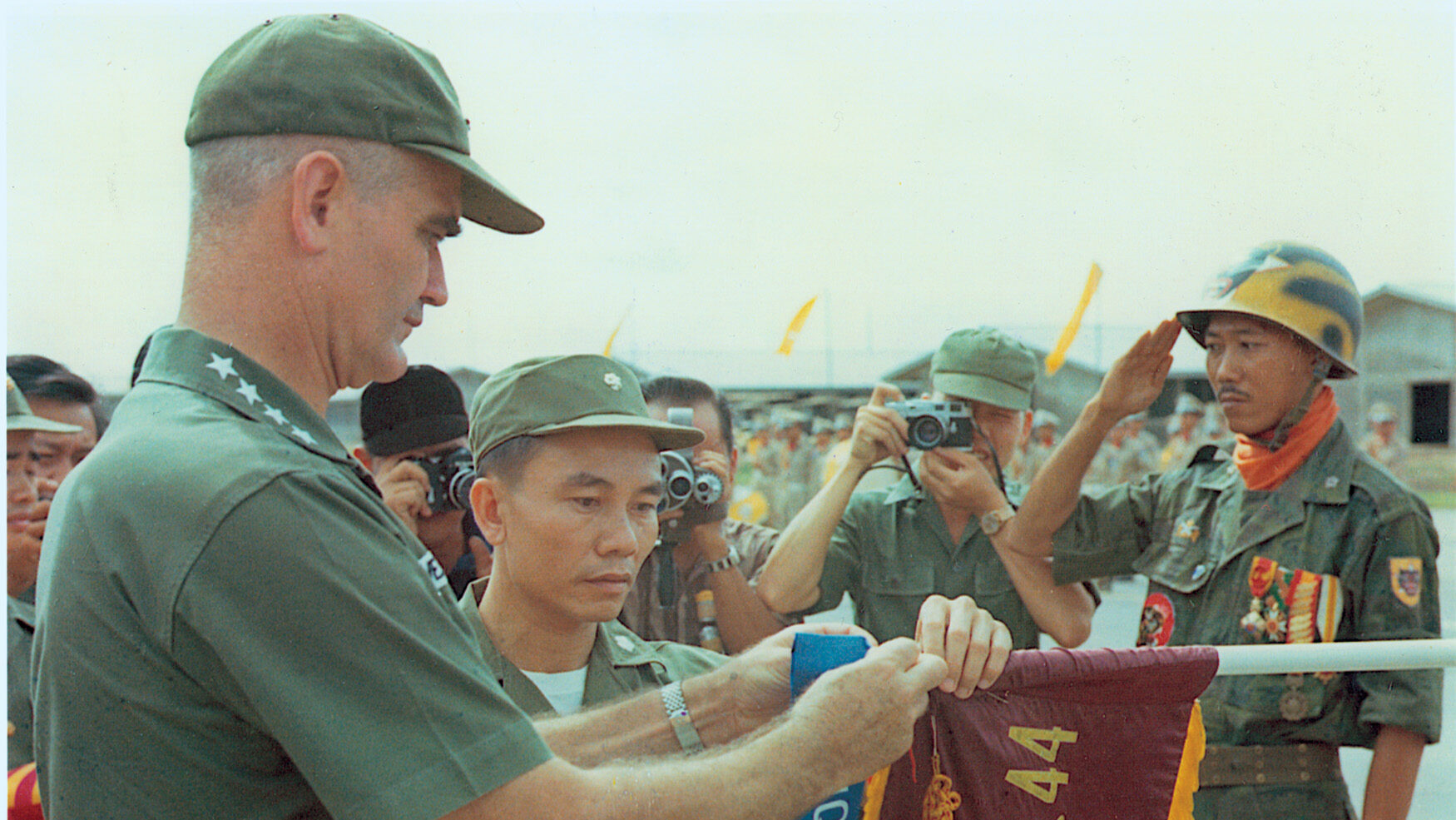
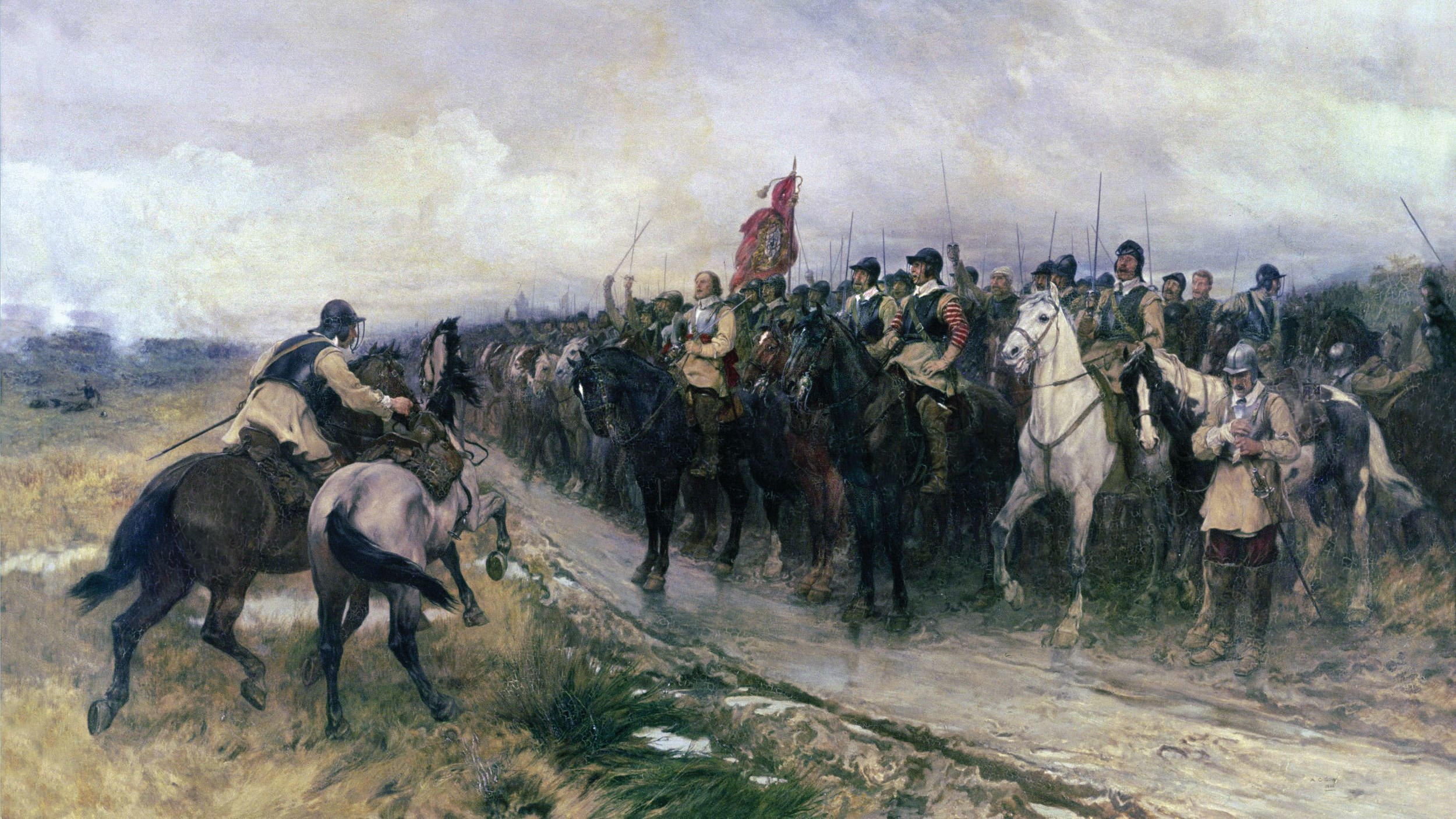
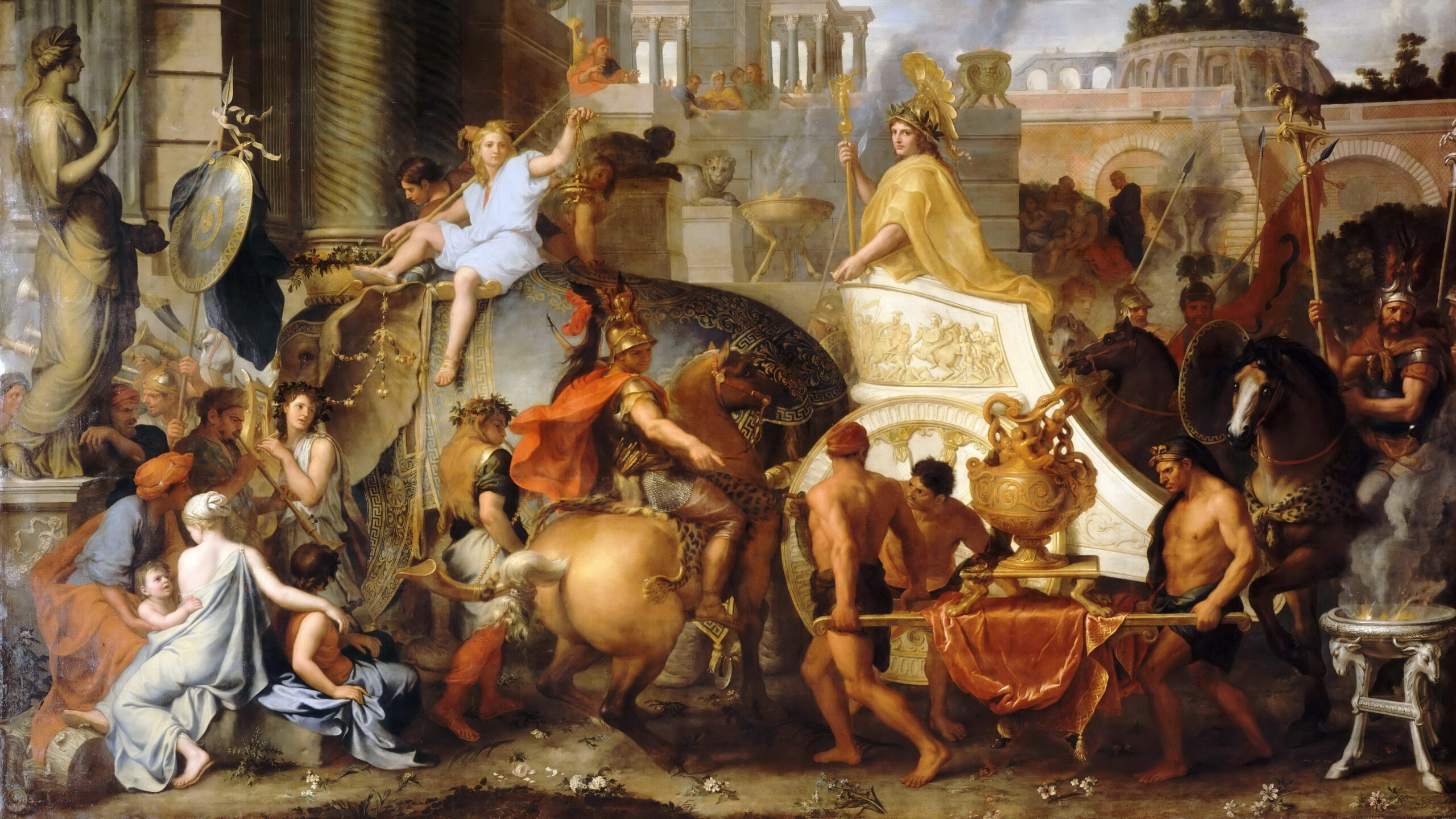
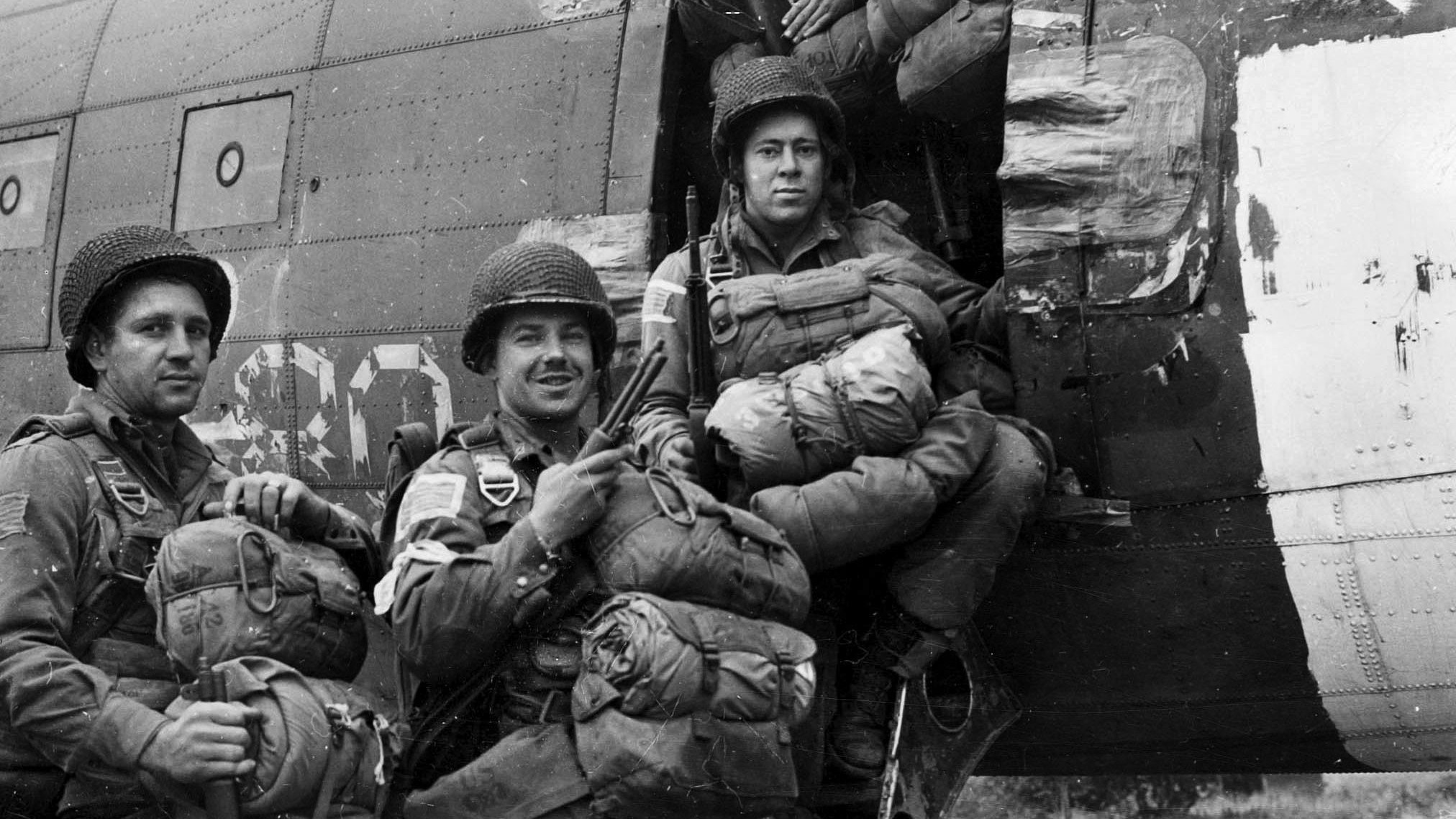
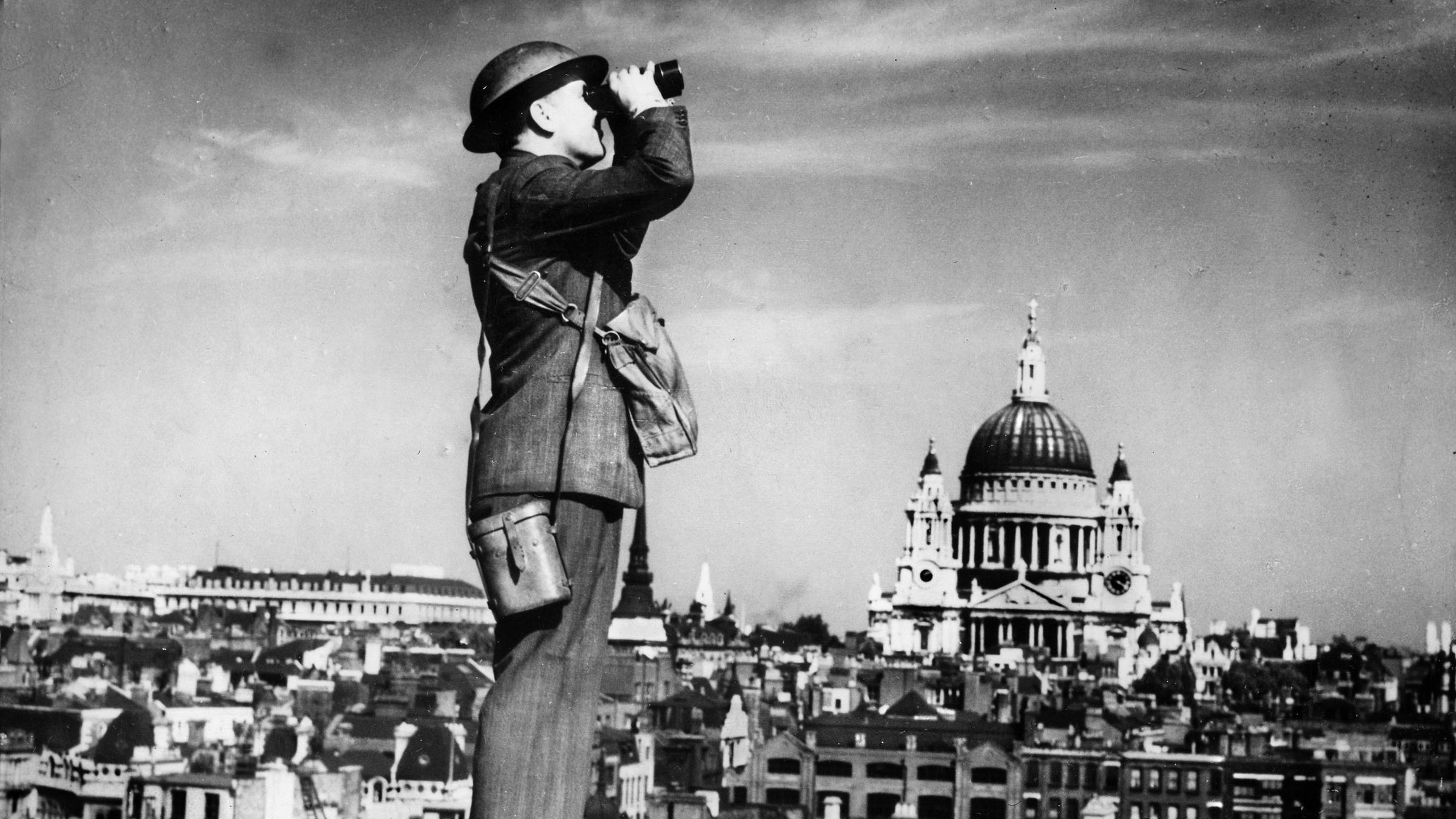
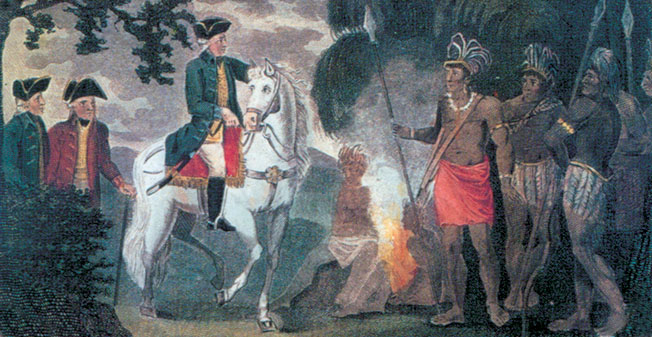
Join The Conversation
Comments
View All Comments